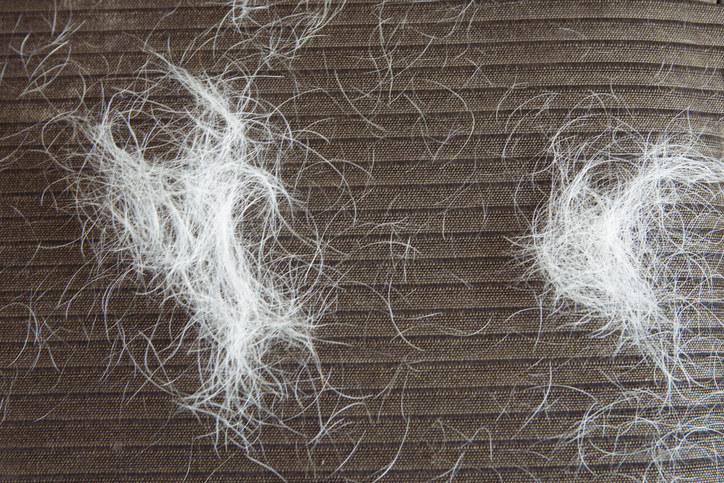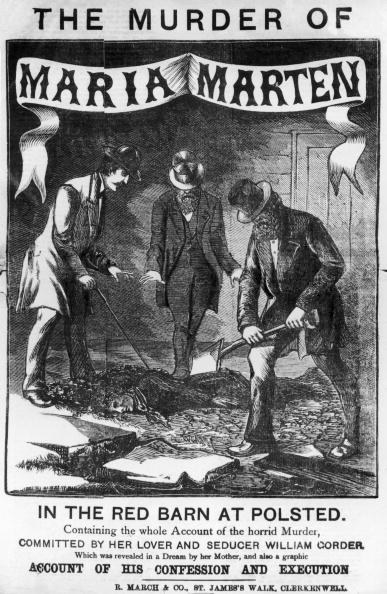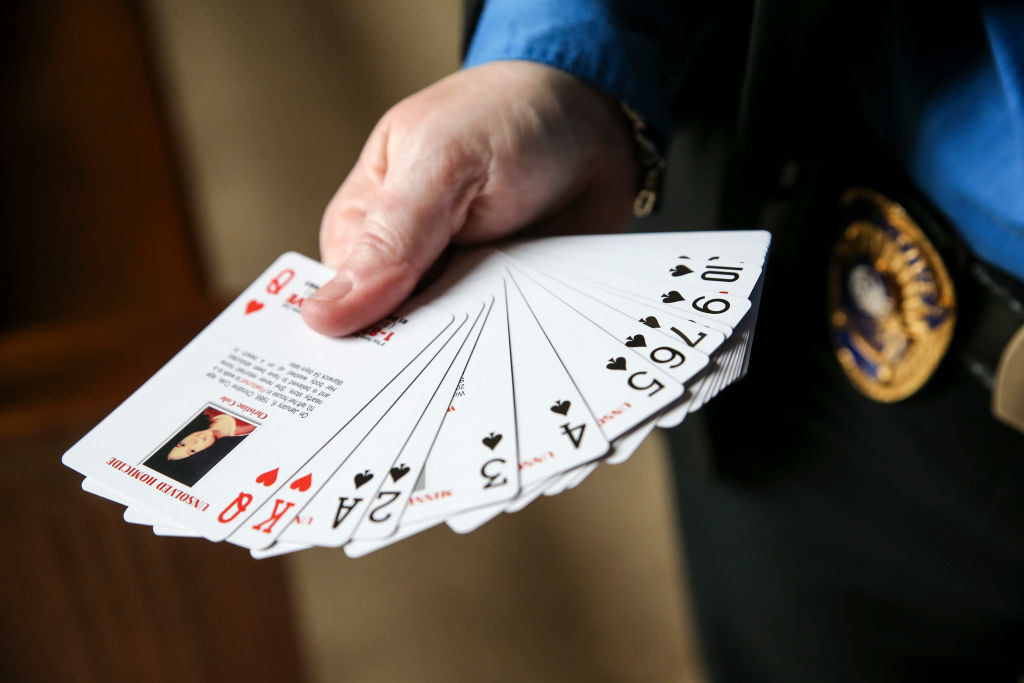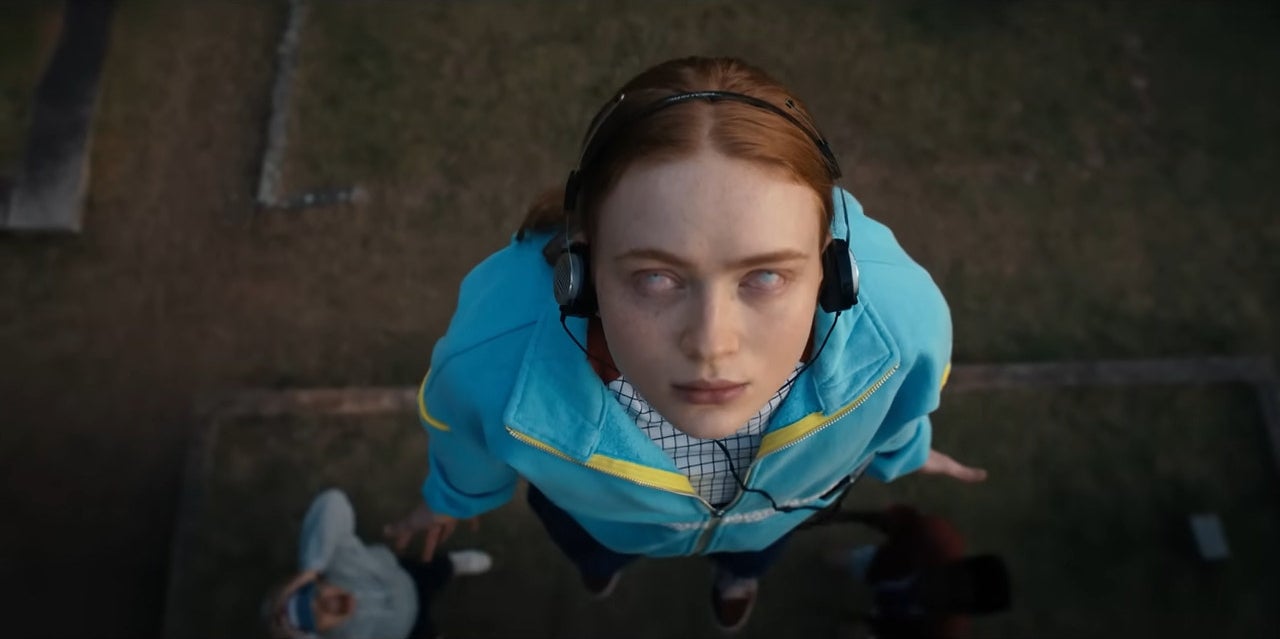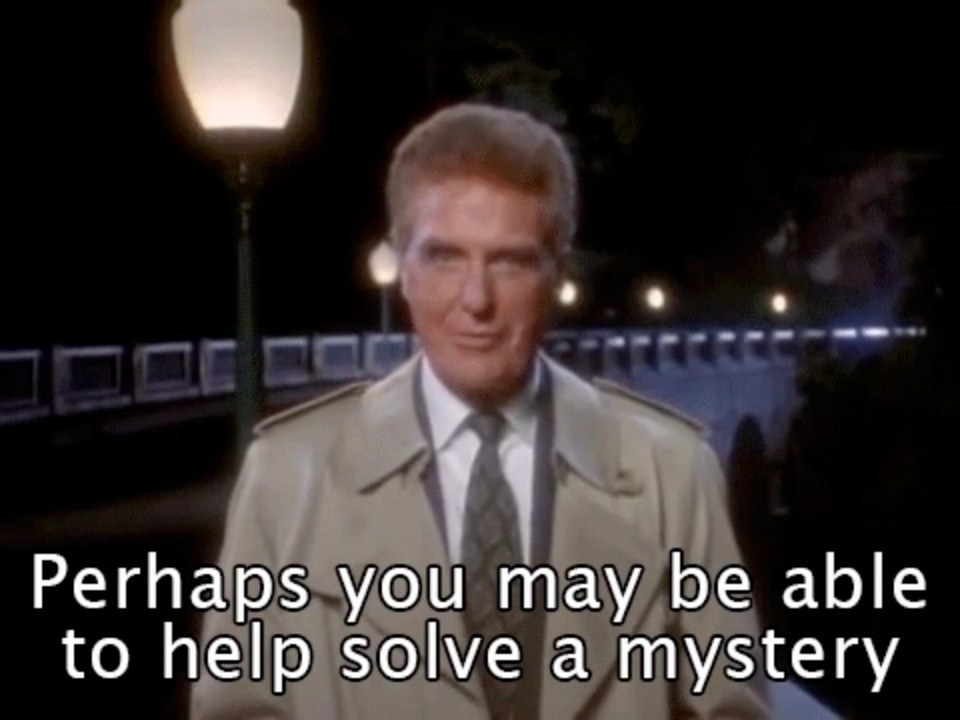The future of law-breaking prospect investigating is cat pelt , I think . 🐈
admonition : This place talk over serious topics , include mention of death , bodily harm , and murder . Please proceed with care .
1.If you’ve ever owned a cat, you know it seems like cat fur gets literallyeverywhere. As it turns out, that includes crime scenes. In 2013, David Hilder was found guilty of dismembering his friend David Guy’s body. Ultimately, one of the biggest pieces of evidence was that traces of hair from Hilder’s cat were found with the body.
According toBBC, Hilder wrapped Guy’s torso in trash bags and a curtain — the latter of which had cat hairs on it that matched Hilder’s cat. They also found traces of blood in Hilder’s home as well as fibers from the curtain.
2.There’s a whole field — Forensic Botany and Ecology — that works to solve cases using evidence left behind by plants. In 2005, forensic botanist and ecologist Patricia Wiltshire found crucial evidence that helped convict Ian Huntley of the murder of Holly Wells and Jessica Chapman — and it was all thanks to some pollen.
According tothe Guardian, Patricia was able to identify the path Ian took by noticing that a new sideshoot of nettles was growing in a path toward the ditch in which the bodies were found. As it turns out, the sideshoots only grow after they’ve been stepped on. Based on their growth, she could even tell that the plants had been stepped on — and the bodies had been disposed of —13 and a half days prior. Further, Patricia was able to tie it to Ian because the pollen from the flowers was found on his shoes and car.
3.In the 1828,Mrs. Martenbegan having oddly specific dreams about her step-daughter, Maria, being murdered and buried in a red barn. Maria had eloped with a man named William. The night she left, Maria headed to the Red Barn — a landmark in Polstead, England — to meet him. For almost a year after, the Martens had not received a single letter or visit from Maria, and William — who was in contact with the family — continued to make excuses for her. Eventually, Mrs. Marten grew so worried, she told her husband about her dreams.
After some time, Mr. Marten and a friend went to the Red Barn at his wife’s urging. While searching, they noticed a loose part of the floor. Opening it, they found what looked like a body wrapped in a sack, with a green handkerchief. Mr. Marten returned home to ask his wife what color scarf Maria had left in. She confirmed that the scarf was, in fact, green.
As it turns out, the body was Maria’s. William initially told investigators he didn’t know a Maria, but ultimately, he was found guilty for the crime.
you may take more about this casehere .
4.In July of 2003, the murder of five family members was solved with the help of an entomology professor —Lynn Kimsey of UC Davis, who was asked to identify dead bugs on a car.
The prime suspect — Vincent Brothers — had been arrested under suspicion, as the victims were his estranged wife, three kids, and mother-in-law. However, he claimed to have been in Ohio at the time. Still, investigators believed that Vincent had rented a car, drove from Ohio to California, and committed the murders. With the help of Professor Kimsey, they were able to prove it. Kimsey explained that there were several species of insects found on the car that were only found in the west, and some which were particularly abundant in California. The bugs found also suggested that it was driven at night. Between this evidence and 4,500 miles on the rental car that were unaccounted for, Vincent was ultimatelyfound guilty.
you’re able to read more about the casehere .
5.In 1980, Etta Louise Smith had a “vision” of the body of Melanie Uribe — a missing nurse — in Lopez Canyon. Shedid notconsider herself to be a psychic of any sorts, but — after hearing about Melanie — believed she knew something crucial. She told police what she’d seen, but wasn’t taken seriously. 45 minutes later, she went searching with family members to find the body herself. After leading police to the exact spot, they questioned her for 10 hours, then arrested her for suspicion of murder. She was released when three men were arrested for the crime, and in turn sued the police for false arrest and won.
6.In 2005, Janet Abaroa was found dead in her home. Her husband, Raven, claimed that Janet had been watching TV in bed that night when he left for a soccer game. While his alibi held up at first, five years later, Detective Charles Sole was able to disprove it with a single pair of contact lenses.
According toBuzzFeed News, Janet’s friends and family told investigators that, like clockwork, Janet took her contact lenses out every night before she watched TV. However, they were never able to find her contact lenses at the crime scene. Charles had the body exhumed, and — as it turns out — she had still been wearing the contacts when she died. This proved Raven had been lying about what both he and Janet had been doing that night. While the evidence wasn’t the be-all-end-all of the case, Raven eventually took an Alford plea, knowing that, overall, the prosecutors probably had enough evidence to convict him.
7.In 2007, a three-year-old cold case was solved by a prison inmate using playing cards. Two years earlier, special agentTommy Raycame up with the idea to put information about and photos of victims from unsolved homicide and missing persons cases on playing cards. The goal here was to hand decks of them out in Florida prisons and see if inmates could provide new leads on these unsolved cases. And, they did.
One such case is that of James Foote. James was shot in a Fort Myers parking lot in 2004. A photo of James and details about his case were written on the seven of clubs card. An inmate came forward, telling investigators that a fellow inmate, Derrick L. Hamilton, bragged about having killed James. Ultimately, he waschargedwith felony murder.
you’re able to learn more about the deck of cards of cardshere .
8.In 1977, Teresita Basa was killed in her apartment. Police had no leads on who had killed her…until a surgeon — Jose C. Chua Jr. — claimed that his wife had beengoing into trances, speaking Tagalog in a “strange, Spanish-sounding voice,” and claimed to be Teresita. Teresita — through Jose’s wife, Remibias — claimed that Allan Showery was her killer.
Remibias had no memory of the trances after she’d been in them. She worked with both Teresita and Allan at Chicago’s Edgewater Hospital. While the case was on rocky standing as it’s biggest break thus far was a vision, Allan was arrested, according tothe Chicago Tribune, and put on trial.
9.In 1991, a Salem witch and psychic named Laurie Cabot helped pin down Thomas Maimoni for the murder of Martha Brailsford. According to an episode ofUnsolved Mysteries, Martha had been seen sailing with her neighbor Tom, but she never came home that night. Tom repeatedly changed his story, which ranged from never having seen her that day at all to having been on the boat with her, but a wave hit her, and he panicked. Ultimately, Police Captain Paul Murphy reached out to Laurie for help.
After going into an “alpha state,” she claimed to be able to see the past events occur in her mind. She described the two of them on the boat, and that Thomas made sexual advances on Martha. She declined, and he grew angry, eventually getting physical and hitting her on the back of the head with an object onboard. She specifically said he tied a small anchor to her ankle, “weighed her down at the waist,” and tossed her body overboard. Laurie claimed her body was still in the water, near an island and by a lighthouse. Hours later, lobster fishermen found Martha’s body, exactly as she’d said it would be. It was found off of Marblehead in Massachusetts Bay, near a lighthouse. According to the autopsy, Martha had, as predicted, experienced blunt force trauma to the head.
10.In August of 1994, Craig Williamson was on a business trip in Colorado Springs when, suddenly,he vanished. Eventually, his credit cards were found in Texas, and his rental car was found in Mexico. Craig had suffered a concussion the month prior, and his wife, Christine, feared that he’d been assaulted, thus causing further complications and possibly leading him to him losing his memories. It’s a rather specific theory based on minimal evidence, but Christine went with her gut. After leading a large, nationwide search for Craig, she turned to the folks at theUnsolved MysteriesTV show.
In July of 1995, Craig — seemingly having seen the tons of newspaper articles and theUnsolved Mysteriesepisode re-air — brought himself in to the police station. He seemingly confirmed Christine’s theory, claiming that he had been assaulted during his trip and lost his memory. At the time, he was living and working in Florida. Christine toldthe Southern Illinoisanthat Craig had a very impaired memory and was very paranoid. Ultimately, police were skeptical of this story. While it’s still a mystery whether Craig disappeared voluntarily to start a new life or truly did ~discover who he was~ from a newspaper or TV show, all in all, they were glad to see the missing person’s case officially solved.
11.And finally — in 1989,Patricia Stallingsbrought her sick baby, Ryan, to the hospital, where she was accused of poisoning him with antifreeze. Concerned, doctors took Ryan away from Patricia and placed him in protective custody. A few months later, after one of Patricia’s visits, Ryan was hospitalized again, and ultimately died. Assuming Patricia had poisoned him during the visit and having found antifreeze in her garage, police arrested Patricia. She was pregnant with a second baby at the time, who was immediately put into foster care after being born. However, this baby — David Jr. — was the key to proving Patricia’s innocence.
David quickly began getting sick, just like his older brother. He, however, didn’t have any contact with his mother, so there was no way she could’ve poisoned him. David was ultimately diagnosed with MMA (Methylmalonic Acidemia) — a very, very rare genetic disorder with symptoms similar to those Ryan had and died of.
Patricia was convicted of first degree murder for the death of her first son, and her case was featured in an episode ofUnsolved Mysteries(Episode 87). William S. Sly — a biochemistry and molecular biology professor at St. Louis University — saw the episode. He conducted tests on her first son’s blood, proving that he died of MMA and not poisoning. Ultimately, the charges were dismissed, and Patricia was released from prison.
